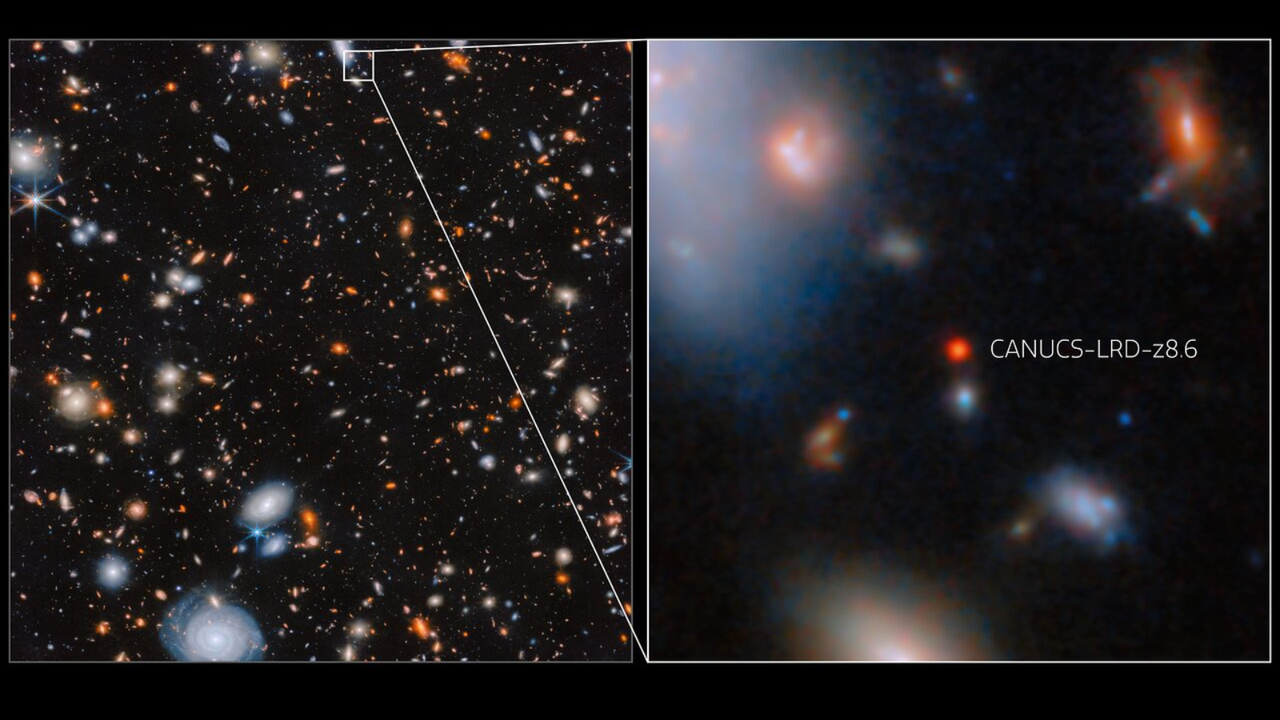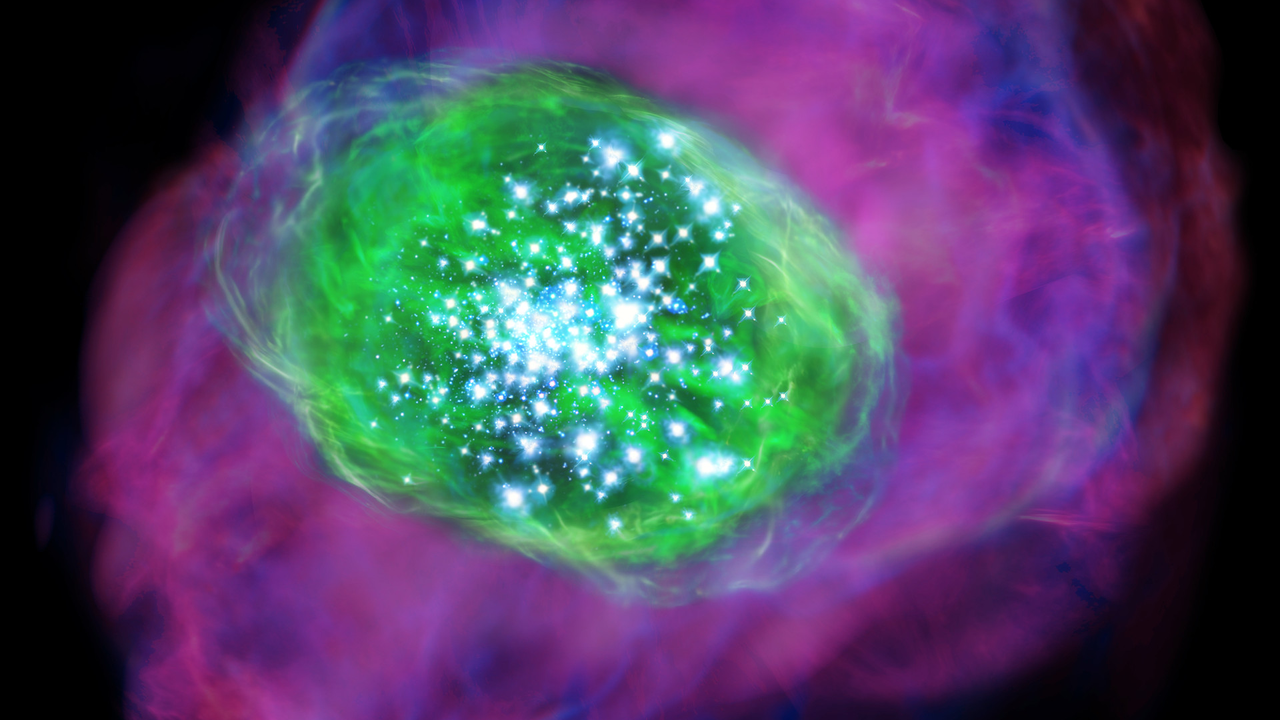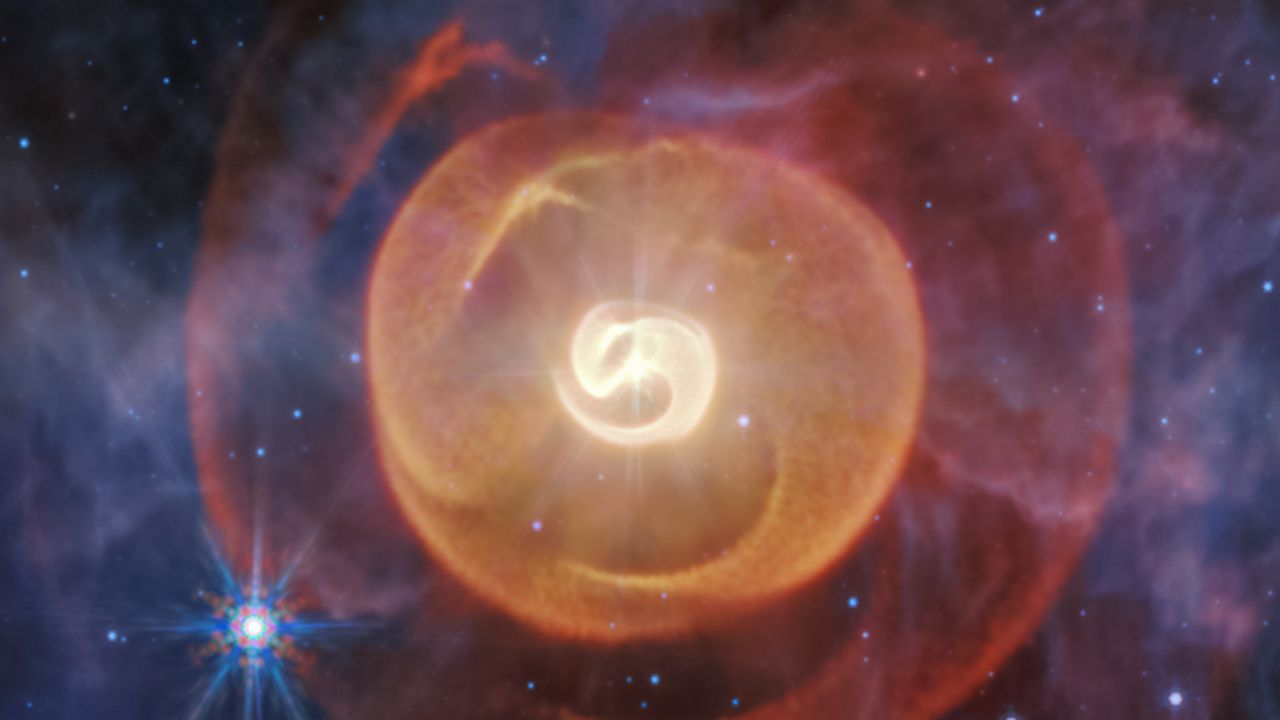James Webb Space Telescope spots rapidly feeding supermassive black hole in the infant universe: 'This discovery is truly remarkable.'
PositiveScience

- The James Webb Space Telescope has made a groundbreaking discovery by spotting a rapidly feeding supermassive black hole in the infant universe, which raises questions about the formation of black holes and galaxies during this early period.
- This discovery is remarkable as it not only enhances our understanding of black holes but also suggests that the early universe was more dynamic and chaotic than previously thought.
- The findings align with recent observations indicating that galaxies in the early universe were more turbulent, reshaping our understanding of cosmic evolution and the conditions that led to the formation of the first stars and galaxies.
— via World Pulse Now AI Editorial System


